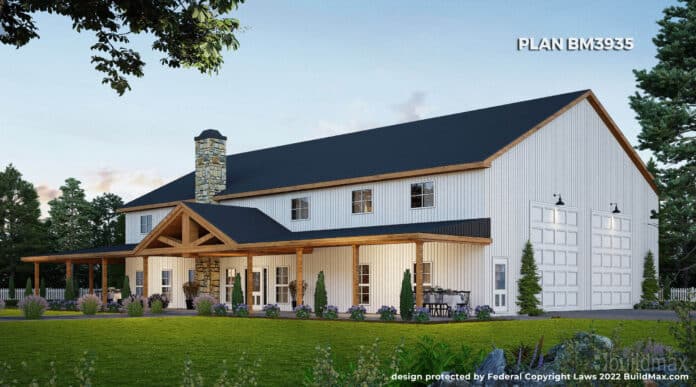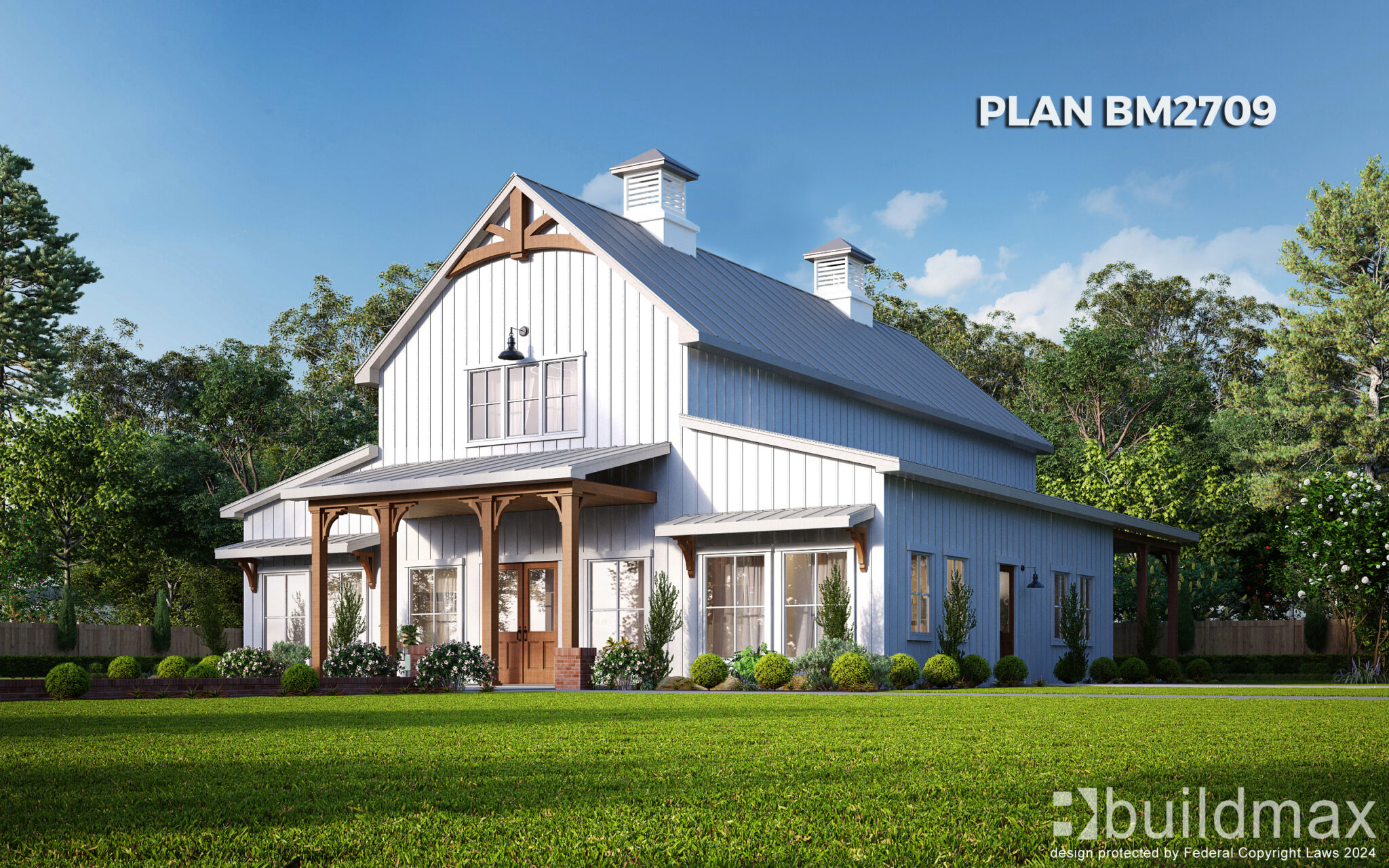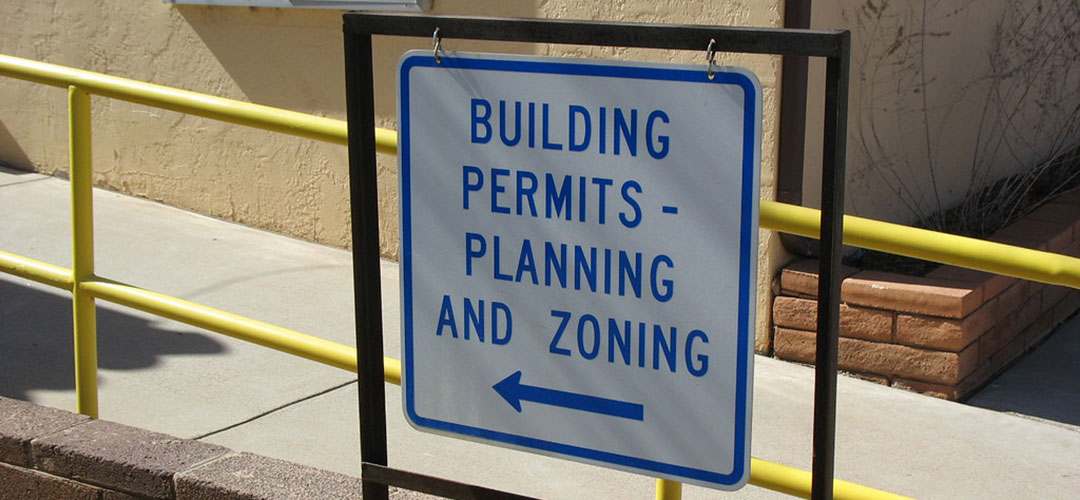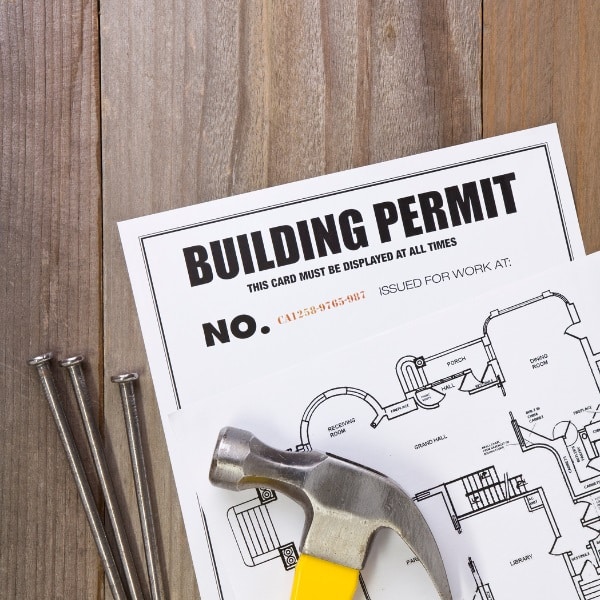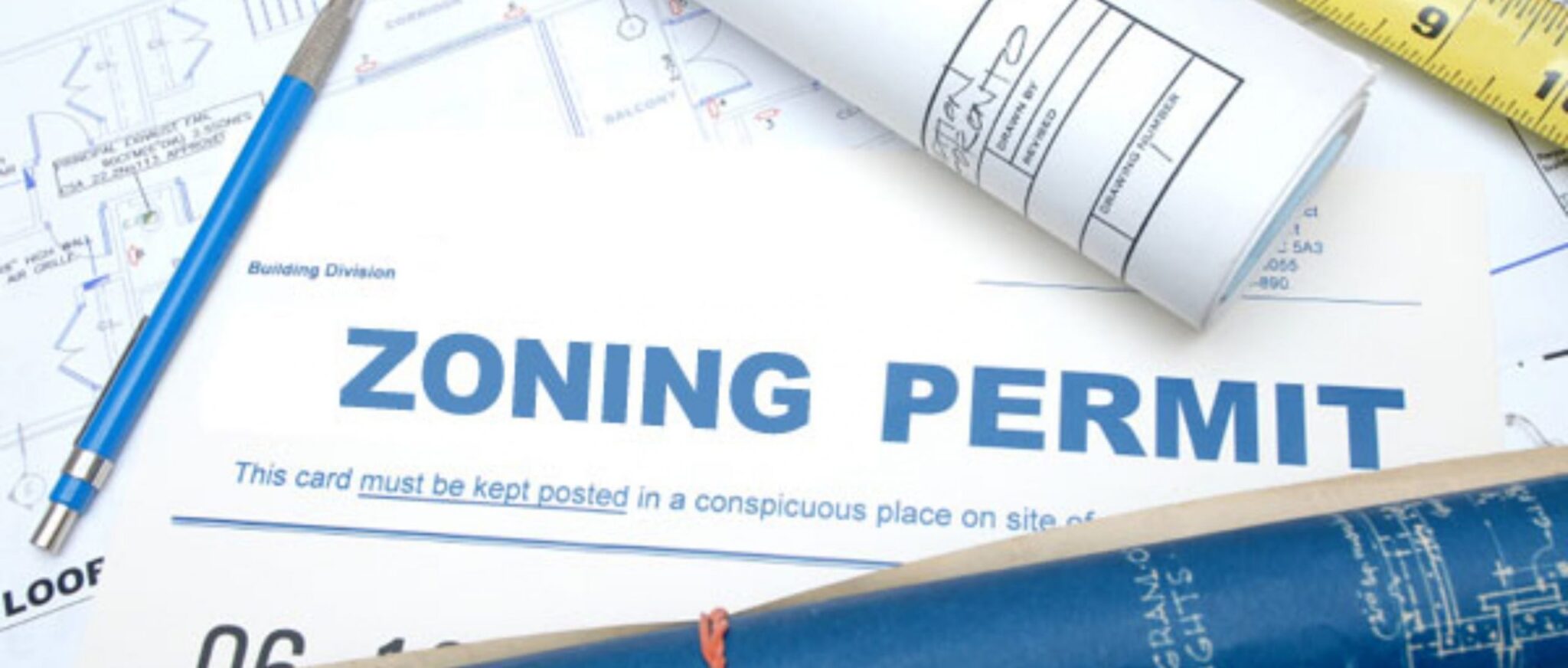Does North Carolina Allow Barndominiums?
Barndominiums, an innovative fusion of barn and condominium, have become increasingly popular for their unique design and practicality. If you’re considering building a barndominium in North Carolina (NC), it’s essential to understand the state’s regulations and the process of obtaining a building permit. This article explores whether NC allows barndominiums and outlines the steps to secure a building permit.
Are Barndominiums Allowed in North Carolina?
**Yes, North Carolina allows barndominiums.** However, as with any construction project, there are regulations and requirements that must be met to ensure compliance with local building codes and zoning laws. The feasibility of building a barndominium in NC largely depends on the specific location and the local government’s regulations.
Understanding Zoning and Building Codes
**1. Zoning Regulations**
– **Check Local Zoning Laws**: The first step in planning a barndominium is to verify the zoning regulations in your desired location. Zoning laws dictate how land can be used and what types of structures are permitted.
– **Residential Zoning**: Most barndominiums are built in areas zoned for residential or agricultural use. Ensure the land you choose is zoned appropriately.
– **Conditional Use Permits**: In some cases, you may need a conditional use permit or a variance if the local zoning laws do not explicitly allow for barndominiums.
**2. Building Codes**
– **State and Local Building Codes**: North Carolina has state building codes, but local municipalities may have additional requirements. Your barndominium must comply with both.
– **International Building Code (IBC)**: NC has adopted the IBC, which sets standards for construction to ensure safety and accessibility. Your barndominium must meet these standards.
Steps to Obtain a Building Permit for a Barndominium in NC
**1. Preliminary Planning**
– **Design and Layout**: Develop a detailed design and layout for your barndominium. This includes architectural plans, structural designs, and a site plan.
– **Consult Professionals**: Engage with architects and builders experienced in barndominium construction to ensure your plans meet all necessary codes and standards.
**2. Site Selection and Preparation**
– **Land Purchase**: Secure the land where you intend to build. Verify that it meets zoning requirements for residential or agricultural use.
– **Site Evaluation**: Conduct a site evaluation to assess the suitability of the land, including soil testing, drainage, and access to utilities.
**3. Zoning Approval**
– **Submit Zoning Application**: Apply for zoning approval from the local planning and zoning department. This may involve submitting your site plan and attending zoning meetings or hearings.
– **Obtain Zoning Permit**: Once approved, you will receive a zoning permit, allowing you to proceed with your building permit application.
**4. Building Permit Application**
– **Prepare Documentation**: Gather all required documentation, including detailed construction plans, structural calculations, site plans, and proof of zoning approval.
– **Submit Application**: Submit your building permit application to the local building department. This may be done online or in person, depending on the municipality.
– **Pay Fees**: Pay the applicable building permit fees. The fee structure varies by location and the scope of the project.
**5. Plan Review**
– **Building Department Review**: The building department will review your application and plans to ensure compliance with all building codes and regulations.
– **Corrections and Revisions**: If there are any issues or required corrections, you will be notified. Make the necessary revisions and resubmit your plans.
**6. Permit Issuance**
– **Receive Building Permit**: Once your plans are approved, you will be issued a building permit. This allows you to begin construction legally.
– **Display Permit**: Display the building permit at the construction site as required.
**7. Inspections**
– **Schedule Inspections**: Throughout the construction process, schedule required inspections at various stages (e.g., foundation, framing, electrical, plumbing).
– **Pass Inspections**: Ensure that each phase of construction passes inspection before proceeding to the next stage. Address any issues or deficiencies noted by the inspector.
**8. Final Approval**
– **Final Inspection**: Once construction is complete, schedule a final inspection. The inspector will verify that the barndominium complies with all building codes and approved plans.
– **Certificate of Occupancy**: After passing the final inspection, you will be issued a Certificate of Occupancy (CO), certifying that the building is safe for habitation.
All-in-All
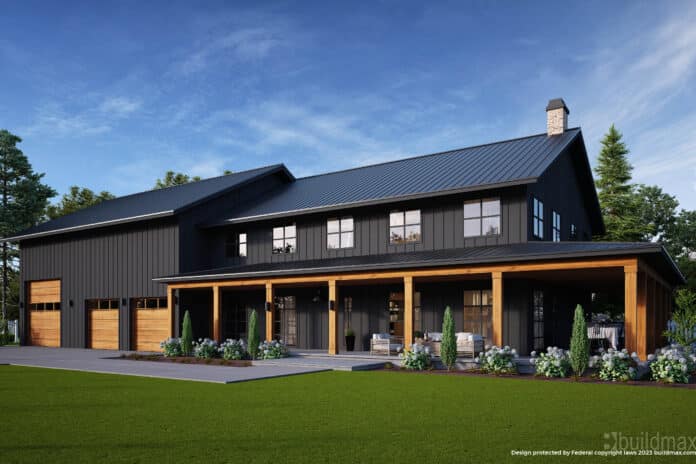
Building a barndominium in North Carolina is a feasible and increasingly popular option. However, it requires careful planning and compliance with local zoning and building regulations. By understanding the steps involved in obtaining a building permit and working with experienced professionals, you can successfully navigate the process and create your dream barndominium. Whether you’re drawn to the rustic charm or the practicality of a barndominium, North Carolina offers a welcoming environment for this innovative housing solution.



